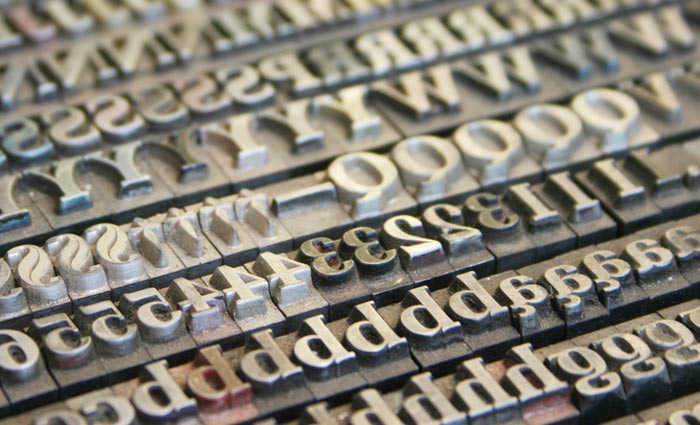
Tolbert Lanston thought that editors should do their own typesetting. It was 1890 and the Linotype had been invented seven years before. It required a skilled operator who could utter profanities. Like all of typesetting, it was based on re-keying. Someone wrote copy and someone then set it in type, by hand or by machine.
Lanston came up with a typesetting machine that separated the functions of input and output. One machine was a keyboard that an editor or writer used to key in copy. It had a mechanism that kept track of the character widths so the operator would know where to end the line.
Lanston had to create a mathematical model of the justification process: add all the character widths, subtract from total line length, divide the remainder by the number of workspaces. That would be the model that engendered the use of computers.
His innovation was a roll of paper that recorded the keystrokes as small holes. This tape would be inserted in a second machine that forced blasts of air through the holes to position a set of matrices and cast metal type for the letters.
The link between creating text and formatting it typographically is seamless today. Everyone knows Times and Arial (really Helvetica). Remember typographers and typesetting services? Word processing and desktop publishing wiped out an entire industry.
Lanston was way ahead of his time. He worked for the US government at a time when most of it fitted into a handful of buildings. Today, they require several states. The Census Bureau took several years to complete a census and they were seeking better methods. One of their workers, Herman Hollerith, saw the Monotype, as it was called, and used a conductor’s punch to make holes in a card with census data. He completed the census in less than a year.
His punch card system was sold to other companies for computing and tabulating. Later a guy named Thomas Watson became president and changed the name of the company to IBM. The rest is history.
Frank Romano is professor emeritus at the Rochester Institute of Technology
Comment below to have your say on this story.
If you have a news story or tip-off, get in touch at editorial@sprinter.com.au.
Sign up to the Sprinter newsletter
